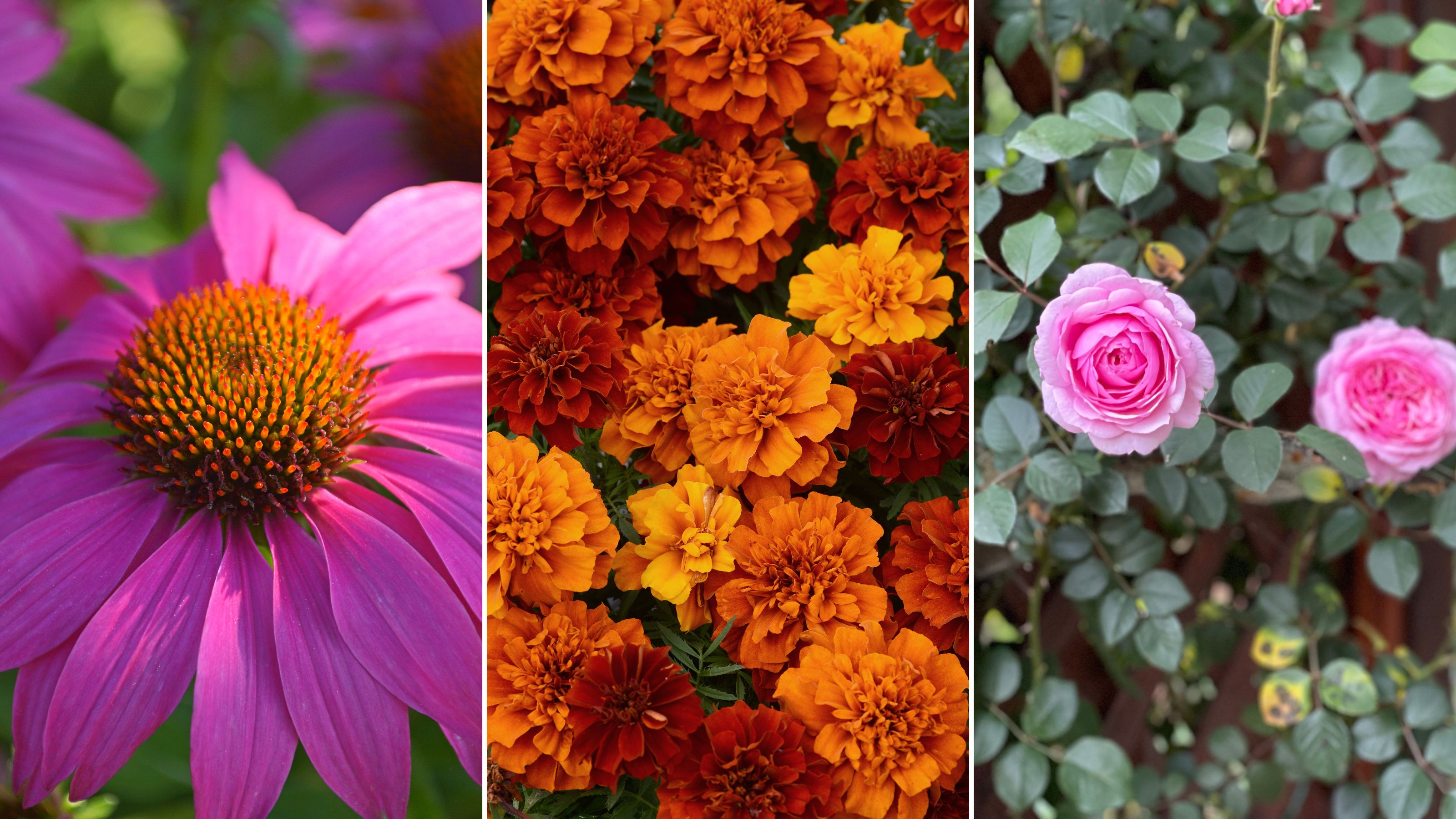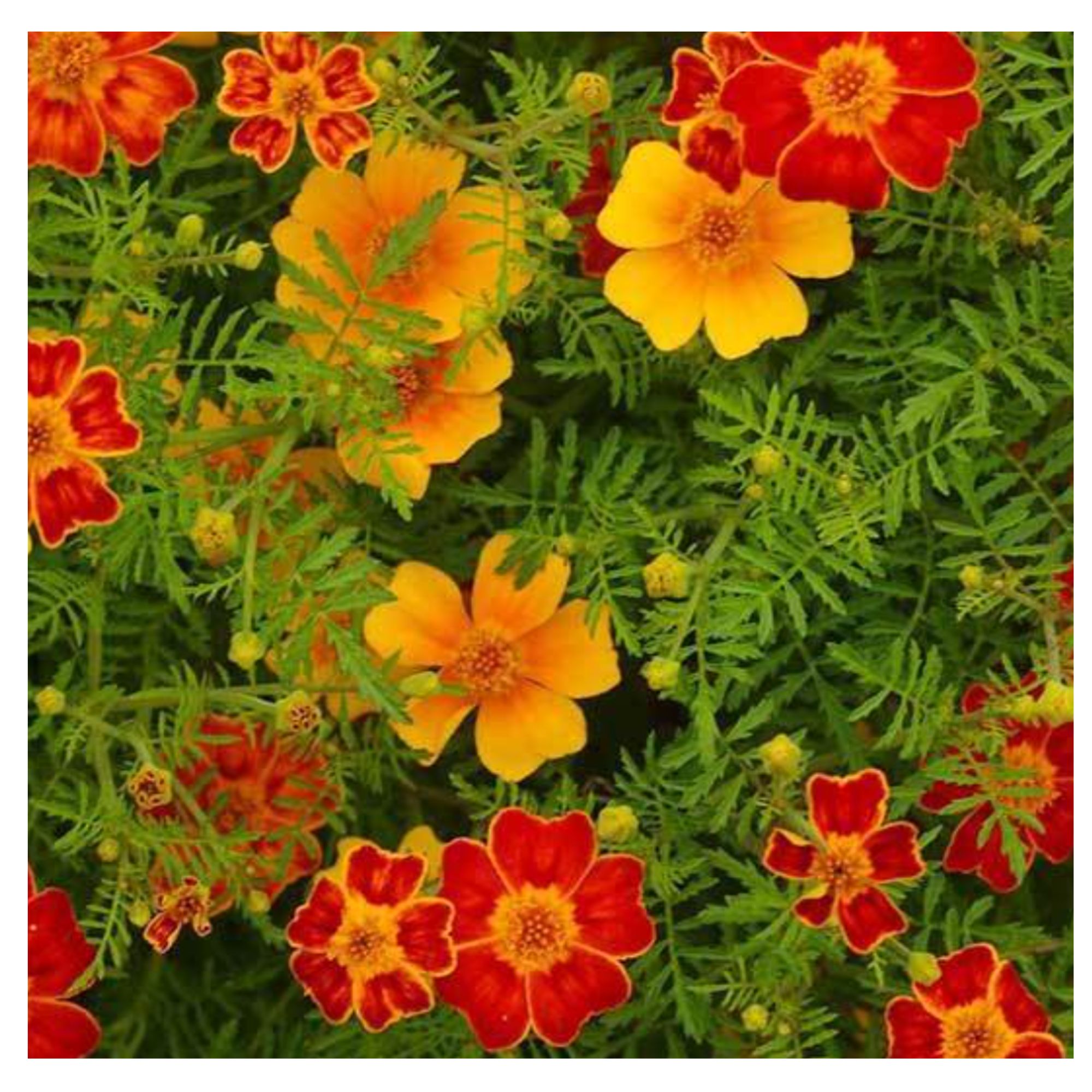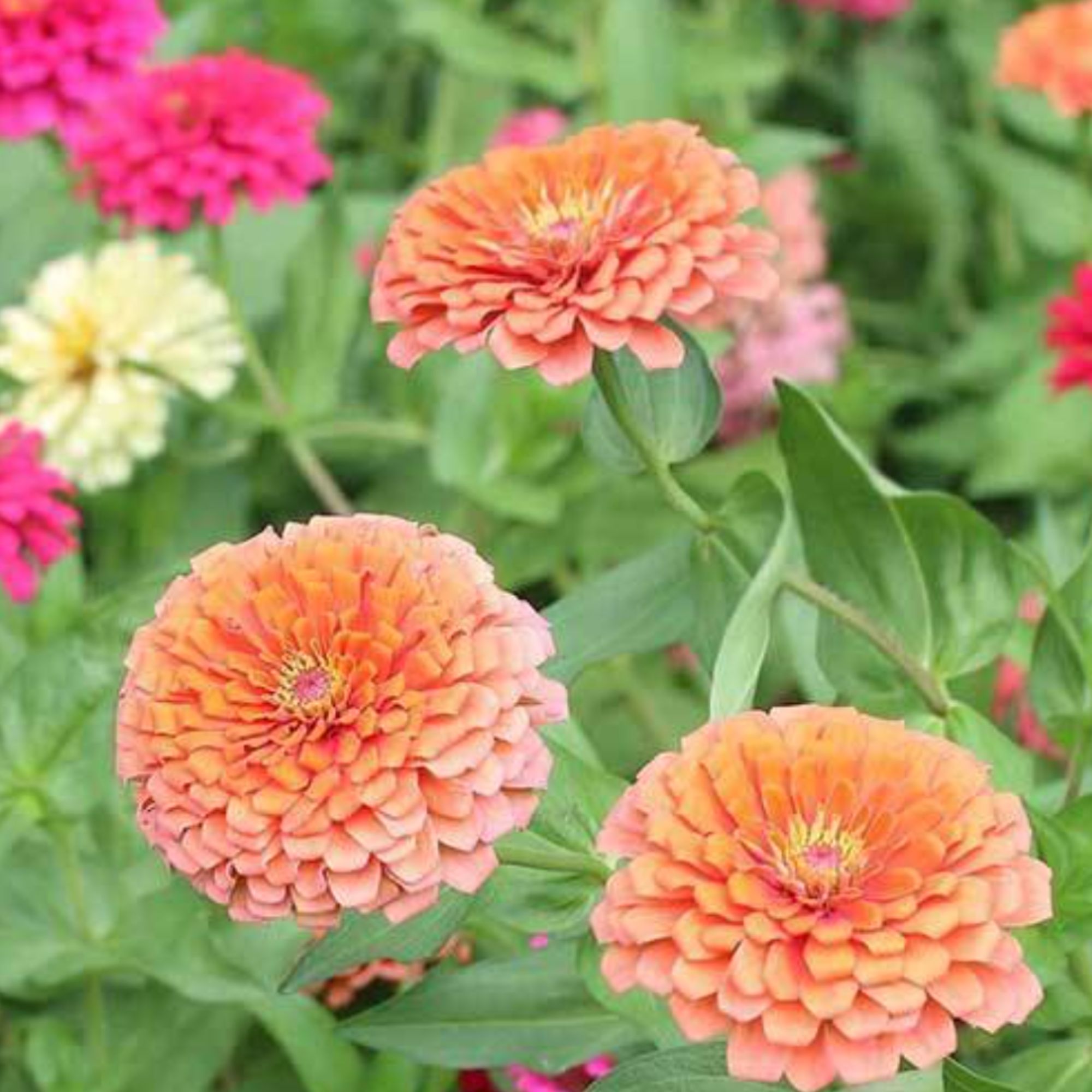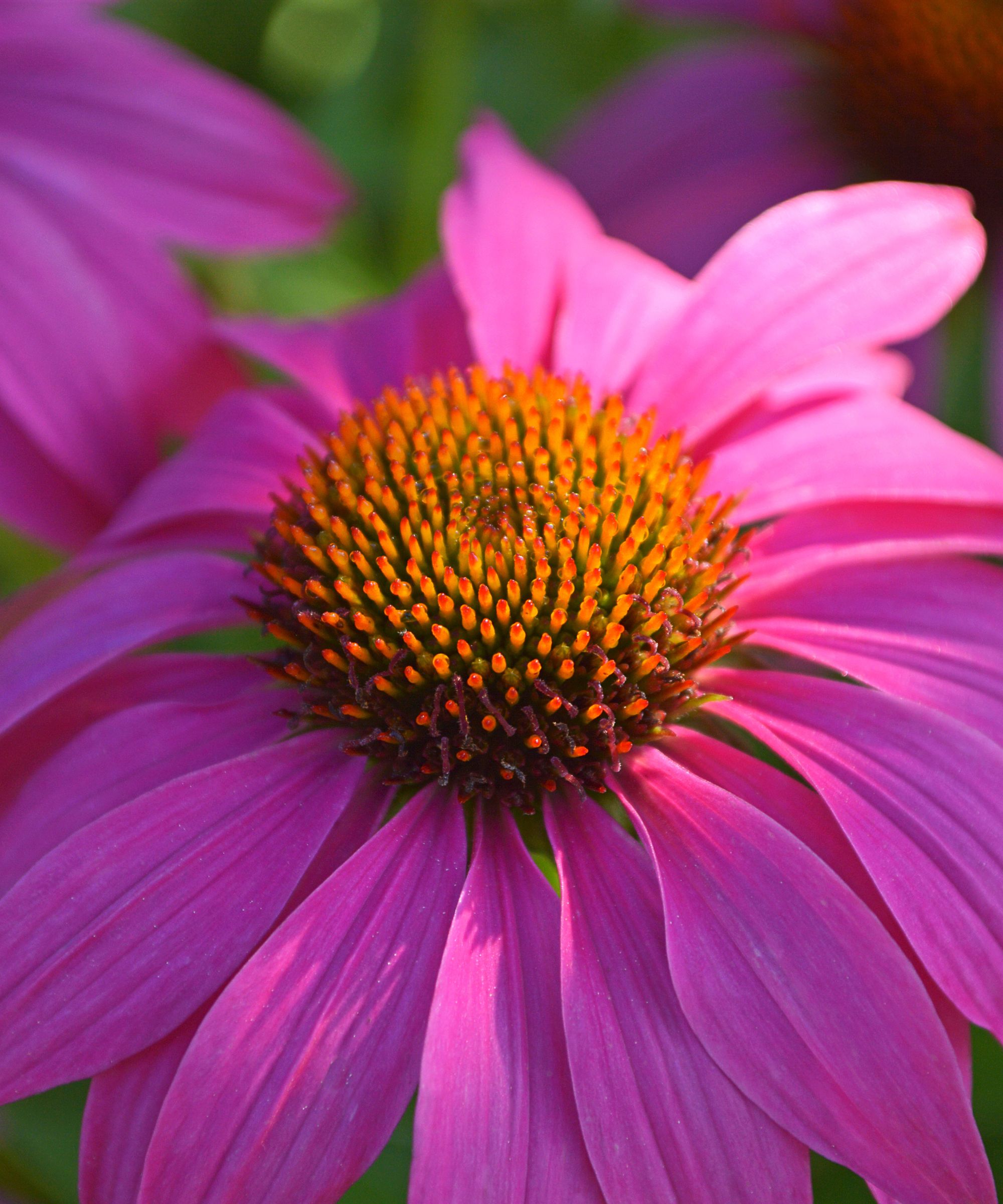
Knowing what flowers to plant in August will help breathe some new life into your garden during this month and beyond. However, the types of flowers that will flourish in your outdoor space will vary from one gardening zone to the next.
To help guide us, we grilled garden gurus and plant pros on what we should be planting in August with the best options for each region.
Of course, planting is just one aspect of gardening. So to ensure your blooms blossom when they're supposed to, learning what to prune in summer will be advantageous and help you keep your flowers, bushes, and trees happy and healthy, this season and the next.
Experts say, these are the flowers to plant in August
Whether it’s weeding, mowing your lawn, or feeding your plants, a garden is an ever-evolving oasis so will need some tender loving care to keep it looking its best.
However, these gardening requirements will change from month to month. For example, one minute you might be planting bulbs in autumn for spring, the next you're deadheading, and after that, you're learning what plants to prune in August.
So, to keep on top of your outside to-do list, follow our monthly gardener's calendar to ensure important tasks — like sowing your seeds at the right time and planting your bulbs — aren’t forgotten.
Now that you've some of the garden basics down, here's what to plant in August, according to experts:
1. Marigolds

Hardiness Zones: 2-11
Type: Annual
If there’s one flower that's bound to bring some color (and a smile to your face), it’s a bright and beautiful marigold. Available in a wide variety of colors, from pink and purple to red and orange, marigolds are known for being one of the easiest plants to grow thanks to how quickly they bloom.
These little beauties also top the list of plants that repel pests outdoors, so you can inject some color while keeping your backyard bug-free. Plus, according to Carrie Spoonemore, co-creator of Park Seed’s Seed to Spoon app, marigolds aren't shy of tolerating heat — even during August’s blistering temperatures.
“They can thrive in the warm temperatures of late summer, making them an excellent choice for planting in August,” Carrie explains. “They also grow relatively quickly. So planting in August can still give you a good display of blooms within a few weeks, depending on your specific climate.”
To keep them blooming, place them in full sun and water regularly to keep the soil moist but not waterlogged. Want to pop these beauties on your border? Carrie recommends planting them next to broccoli, Brussels sprouts, carrots, lavender and sunflowers. "Keep them away from non-companion plants like eucalyptus and fennel," the expert adds.

Price: $2.49
Taking just 85-95 days to maturity, these deep orange flowers are easy-to-grow and low-maintenance. Plus they’ll bloom again and again throughout summer to fall. Just note: these seeds will need sowing inside before you pot them outside.

Price: $7.95
Why pick one color when purchasing a pack of these 25 seeds gives you three? These French marigolds are more informally called the Fireball because they begin blossoming in a deep shade of red and then mature to an orange, bronze, and gold color.

Price: $3.69
Now for something a bit different — these small but perfectly formed marigolds, known as the Disco Series. Reaching 8-12 inches, these dwarfed blooms are ideal for planters, window boxes, or in the front of a flower bed thanks to their compact nature.
2. Zinnias

Hardiness Zones: 2-11
Type: Annual
Along with topping our guide to the garden plants that are safe for cats, zinnias join our list for one of the best flowers to plant in August.
Explaining why, Carrie says “With their wide range of colors and easy-to-grow natures, zinnias can flourish with late summer sowing.
“They thrive in warm weather, grow quickly from seed to bloom, and attract beneficial pollinators like bees and butterflies to help support the garden ecosystem late into the season.” So in other words: what’s not to love?
According to Carrie, companion plants include basil, broccoli, chamomile, cosmos, lettuce and tomatoes. While noteworthy non-companion plants include eucalyptus, fennel, lavender, lemongrass, mint, rosemary.

Price: $4.09
Sow these mix-and-match seeds, native to Mexico, in August and this genus will reward you by flowering early with their dwarf stems known to thrive long and far, even in Minnesota.

Price: $3.69
Known as the Starlight Rose, due to its star-shaped petals, this white and pink bloom is an award-winning bedding plant for more reasons than one. It’s pretty, disease-resistant and sure to add a hit of color for months at a time.

Price: $4.89
These compact zinnias are another award-winning pick thanks to their brilliant coral petals, consistent flower production and earliness to bloom. Did we also mention they'll also encourage butterflies into the garden?
3. Asters

Hardiness Zones: 3-8
Type: Perennials
Known as one of the best purple flowering garden plants, asters also grow in shades of blue, pink, and white. “They bloom from late summer to fall and thrive in well-drained soil with full sun to partial shade,” Kelly Funk, president and CEO of Jackson & Perkins says.
“Native to the Northwest and Midwest United States, these plants are also highly beneficial for pollinators and other insects," Anna Ohler, owner of Bright Lane Gardens adds. "I also just love the look of the flowers!”.
These bright and beautiful Asters Wood Blue are low growing so are great for planting right in front of borders. This pot of Aster Woods Purple will thrive in sunny spots and bloom weekly from summer to early fall.
To keep your Asters thriving, water regularly, especially during dry spells, and divide every few years to prevent overcrowding.
4. Sedum

Hardiness Zones: 3-9
Type: Perennial
If you live in a super sunny spot where it doesn't rain much during the summer months, knowing what to plant in a drought-prone backyard is key. So if you’re after one of the best drought-tolerant plants, that will stand up to intense heat and little water, sedum is it.
“Sedum, or stonecrop, are succulent plants that come in a variety of forms and colors,” Kelly explains. “They are especially known for their late-season blooms from late summer to fall.” Which is why it’s good to plant in August. “They do best in well-drained soil with full sun to partial shade," Kelly adds.
To keep your sedum happy, Kelly says to avoid planting with water-loving plants like astilbes. Instead, the plant pro says they’ll fit in nicely with asters, ornamental grasses, and Black-eyed Susans. We love these Sedum Fuldagluts, which will grow fast and add a pop of pink to your backyard.
5. Coneflowers

Hardiness Zones: 3-9
Type: Perennials
Often mistaken for daisies, coneflowers or echinaceas are full sun-loving plants worth adding to your garden in August.
“Coneflowers have large, daisy-like flowers with a prominent central cone and come in shades of pink, purple, yellow, and white,” Kelly explains. “They bloom from summer to fall and prefer to be planted in well-drained soil with full sun.”
But it's not just borders where these blooms thrive. These Echinacea Sombrero Adobe Orange are ideal for small gardens or container gardens because they are compact in size.
To keep these colorful blooms blooming, Kelly recommends watering regularly but allowing the soil to dry between waterings. It’s also wise to pick up a pair of sharp secateurs, like these five-star-rated Gonicc 8" Professional Premium Titanium Bypass Pruning Shears, to deadhead any spent flowers to encourage growth.
Companion plants for coneflowers include black-eyed Susan, asters, and ornamental grasses. “However, avoid planting near other competitive perennials that can take over the area,” Kelly warns.
6. Climbing roses

Hardiness Zones: 4-11, depending on the variety.
Type: Perennials
Container gardeners: listen up! If you thought a climbing rose was out of the question for your small garden space, you can think again.
“Roses such as Oxford Girl Climbing Rose and some small shrub roses are excellent choices for container gardening,” Kelly advises us. “These roses have all the beauty and fragrance of larger roses but are compact enough to thrive in pots,” the expert adds.
Coming in a variety of colors, including red, pink, yellow, and white, and with blooms ranging from 1 to 2 inches in diameter, these climbers do best when they get at least six hours of sunlight per day. So the height of summer is the best time to plant them.
To help your rose grow, water regularly to keep the soil evenly moist but not waterlogged. However, Kelly highlights that container roses may need more frequent watering than garden-planted roses, especially during hot weather. “And remember to feed every 4-6 weeks with a balanced, slow-release fertilizer formulated for roses,” she adds.
For more guidance on how to turn your garden into a rose garden, discover what our garden experts have to say.
7. Lavender

Hardiness Zones: 5-9
Type: Perennial
Lavender is popular for its fragrant flowers and aromatic foliage. Plus, growing lavender is easy as this sun-loving plant thrives in heat, and makes a great companion plant for other herbaceous perennials like thyme, rosemary, and sage.
But why is now the time to plant it? “Planting lavender in late summer allows them time to settle in and develop strong root systems before cooler temperatures arrive,” Kelly says.
This Lavender Grosso comes with a five-star rating and is not short of the calming fragrance it’s famed for. So get planting and once you've done so, water regularly ensuring the soil remains well-drained and not waterlogged.
Meet our experts
Not quite sure what other flowers to plant in your garden? Discover the best flower bed ideas that are gorgeous, budget-friendly and ideal for both front and back yards.







